Meet our Plenary Speakers
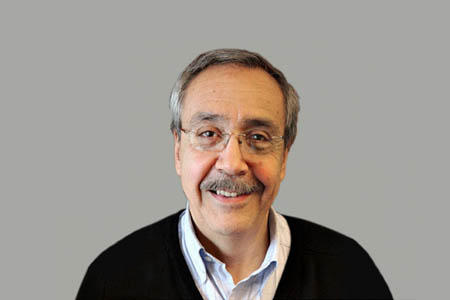
Prof. Carlos J. Bustamante is a Howard Hughes Medical Institute (HHMI) investigator, professor of molecular and cell biology, physics, and chemistry at the University of California, Berkeley, and Biophysicist Faculty Scientist at the Lawrence Berkeley National Laboratory. Bustamante studied medicine at National University of San Marcos before discovering his true interest in biochemistry. Carlos Bustamante uses novel methods of single-molecule visualization, such as scanning force microscopy, to study the structure and function of nucleoprotein assemblies. His laboratory is developing methods of single-molecule manipulation, such as optical tweezers, to characterize the elasticity of DNA, to induce the mechanical unfolding of individual protein molecules, and to investigate the machine-like behavior of molecular motors.
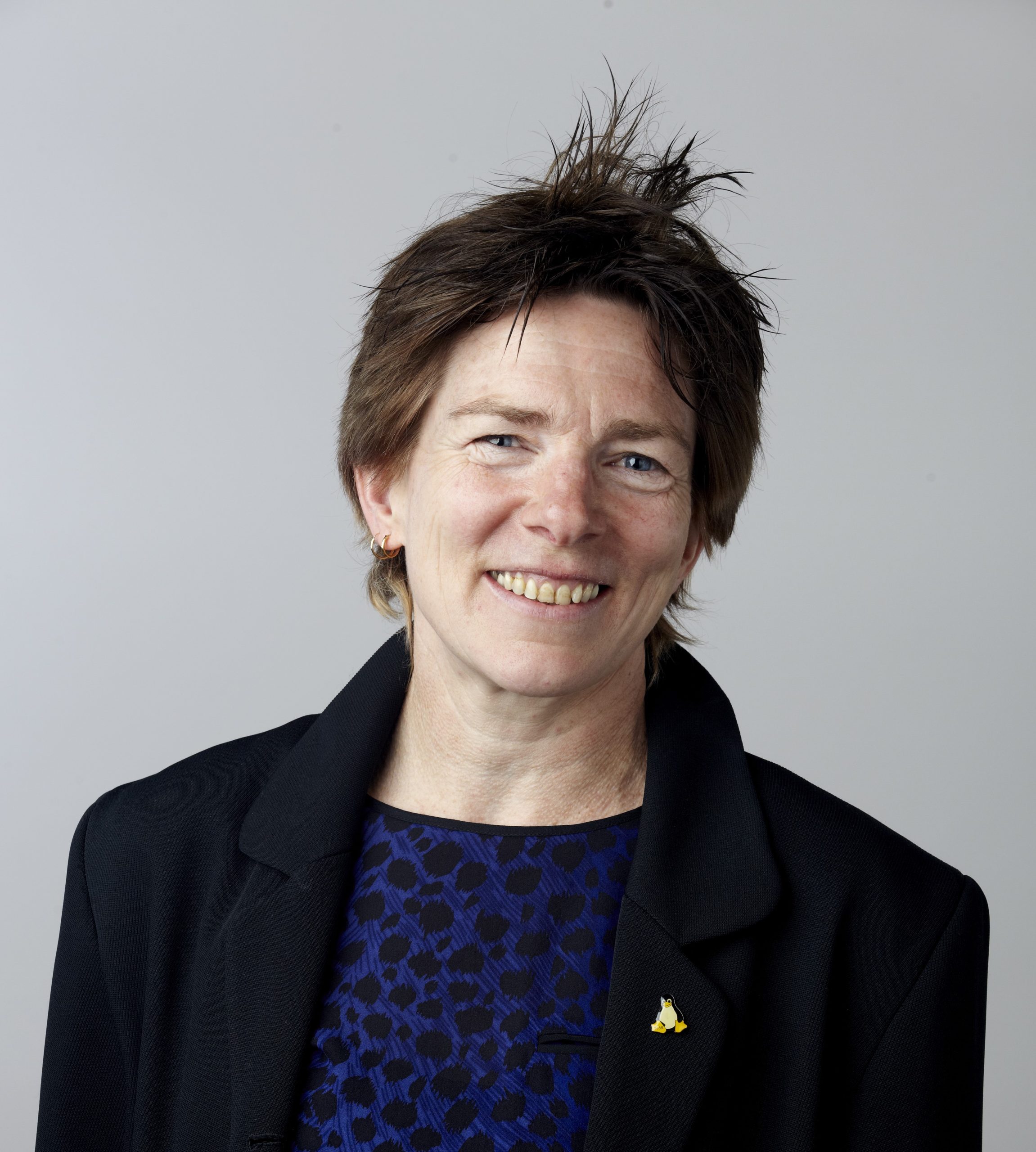
Prof. Jenny Nelson is Professor of Physics at Imperial College London, where she has researched novel varieties of material for use in solar cells since 1989. Her current research is focused on understanding the properties of molecular semiconductor materials and their application to organic solar cells. This work combines fundamental electrical, spectroscopic and structural studies of molecular electronic materials with numerical modelling and device studies, with the aim of optimising the performance of solar cells based on molecular and hybrid materials. Since 2010 she has been working together with the Grantham Institute for Climate Change to explore the mitigation potential of photovoltaic, and other renewable, technologies. She was awarded the 2009 Institute of Physics Joule Prize and medal and the 2012 Royal Society Armourers and Brasiers Company Prize for her research.
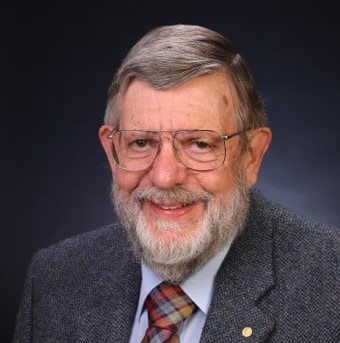
Prof. William D. Phillips is an American physicist at the National Institute of Standards and Technology (NIST). In 1997, along with Steven Chu and Claude Cohen-Tannoudji, he won the Nobel Prize in Physics for his contributions to laser cooling. This technique allows slowing down the movement of gaseous atoms in order to better study them. He also invented the Zeeman slower. Bill Phillips is also Professor of physics at the University of Maryland, College Park, USA.

Prof. Tess Smidt joined MIT as an assistant professor in the Faculty of Electrical Engineering in EECS in August 2021. She was the 2018 Alvarez Fellow in Computing Sciences at Lawrence Berkeley National Laboratory, where she designed neural networks from first principles for rich data types such as geometry and scientific data. As an undergraduate at MIT majoring in physics and minoring in architecture, Smidt engineered giant neutrino detectors and created a permanent science-art installation on MIT’s campus called the Cosmic Ray Chandeliers.
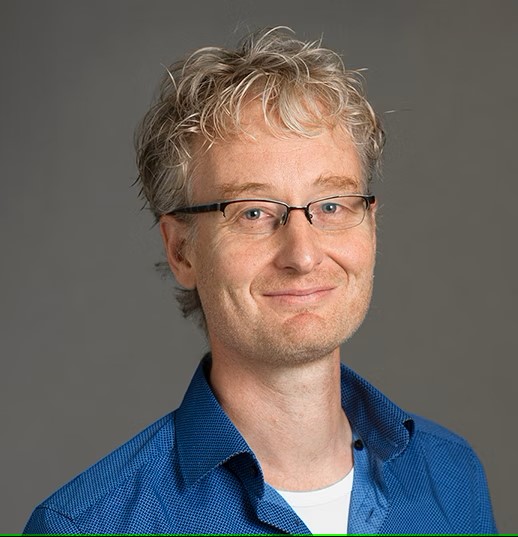
Prof. Max Welling is the research chair in Machine Learning at the University of Amsterdam and a Distinguished Scientist at Microsoft Research. He is a fellow at the Canadian Institute for Advanced Research (CIFAR) and the European Lab for Learning and Intelligent Systems (ELLIS) where he also serves on the founding board. His previous appointments include VP at Qualcomm Technologies, professor at UC Irvine, postdoc at U. Toronto, UCL, and Caltech. He finished his PhD in theoretical high energy physics under supervision of Nobel laureate prof. Gerard ‘t Hooft.
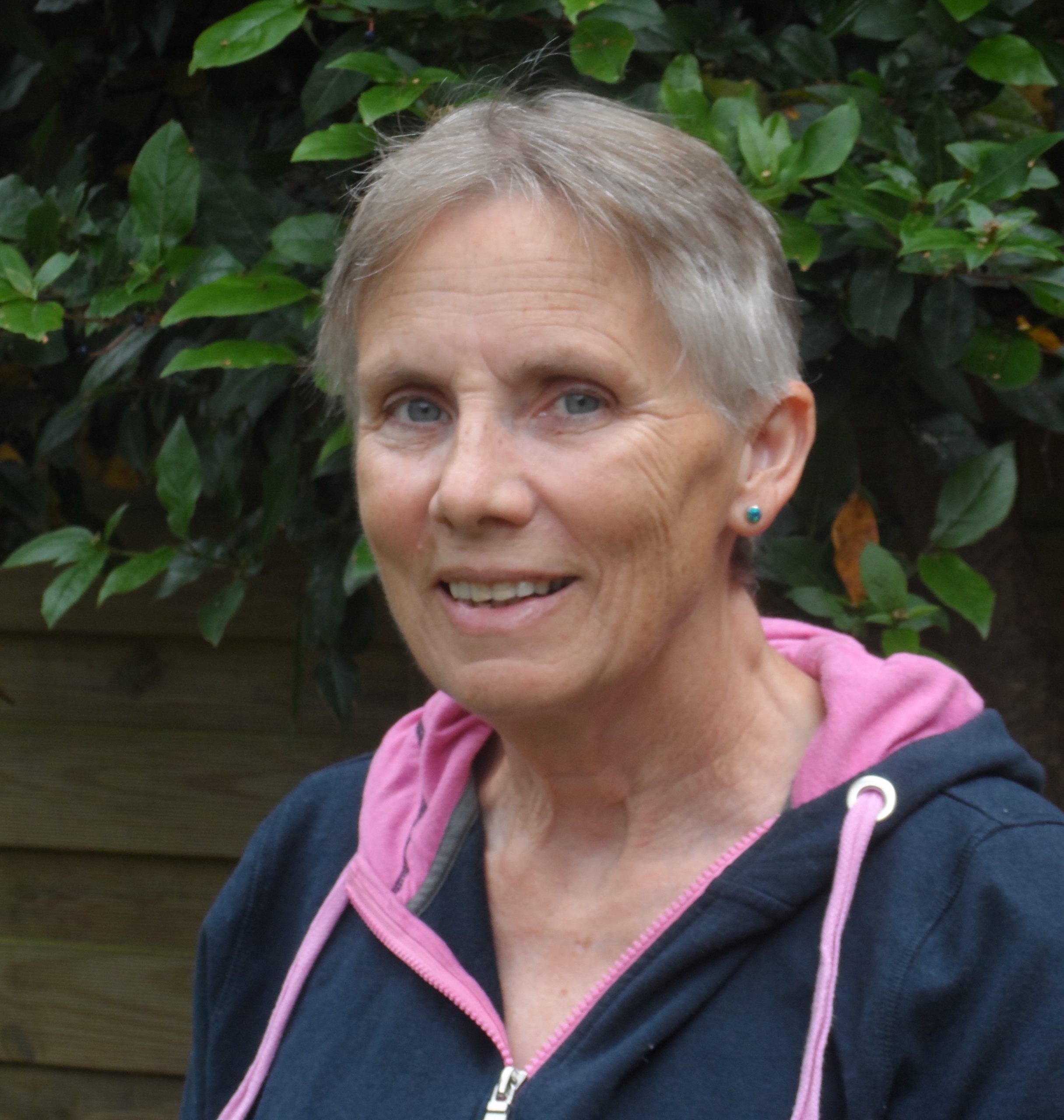
Prof. Julia Yeomans is Professor of Physics at the University of Oxford. She applies techniques from theoretical and computational physics to problems in soft condensed matter and biophysics. Julia is currently interested in how new ideas from the physics community might be used to understand questions in mechanobiology: how cells move as embryos grow, wounds heal, or cancer spreads. Julia was awarded the 2024 European Physical Society Condensed Matter Division’s Liquid Matter Prize.
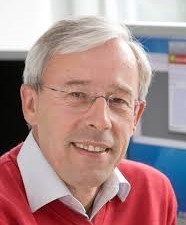
Prof. Peter Zoller is Professor of Theoretical Physics at University of Innsbruck. He has written major works on the interaction of laser light and atoms. In addition to fundamental developments in quantum optics, he has made major contributions to the field of quantum information. In 1995, together with Ignacio Cirac, he suggested a model for a quantum computer based on the interaction of lasers with cold ions confined in an electromagnetic trap. This idea is considered one of the most promising concepts for the development of a scalable quantum computer and has led to experimental developments over recent years. Zoller and his colleague researchers have also managed to link quantum physics with solid-state physics, thus suggesting to build a quantum simulator with cold atoms.
https://www.uibk.ac.at/sp-physik/research-groups/p_zoller.html.en
Meet our moderator
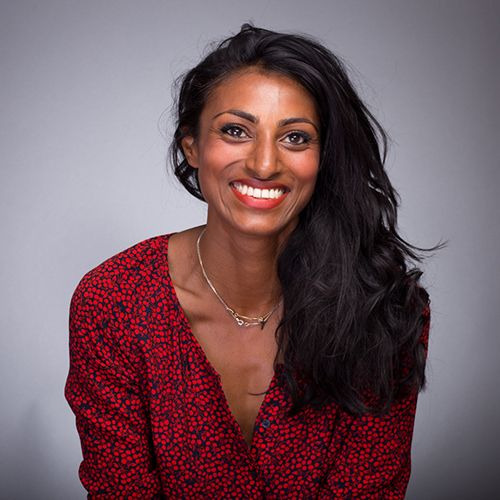
Dr. Shini Somara (CEng FIMechE EngD HonFIED), an award-winning engineer, broadcaster, and author, will moderate this session. Her deep understanding of science and technology, combined with her extensive experience in communication, makes her the ideal choice to guide our discussion. Shini has hosted documentaries for the BBC, Discovery Channel, and PBS, covering a wide range of scientific topics. She is adept at facilitating engaging conversations and drawing out insightful perspectives from panelists. We are delighted to have Shini moderate these important discussions on Quantum, AI, HPC/Data, Health, and Environment & Sustainability.